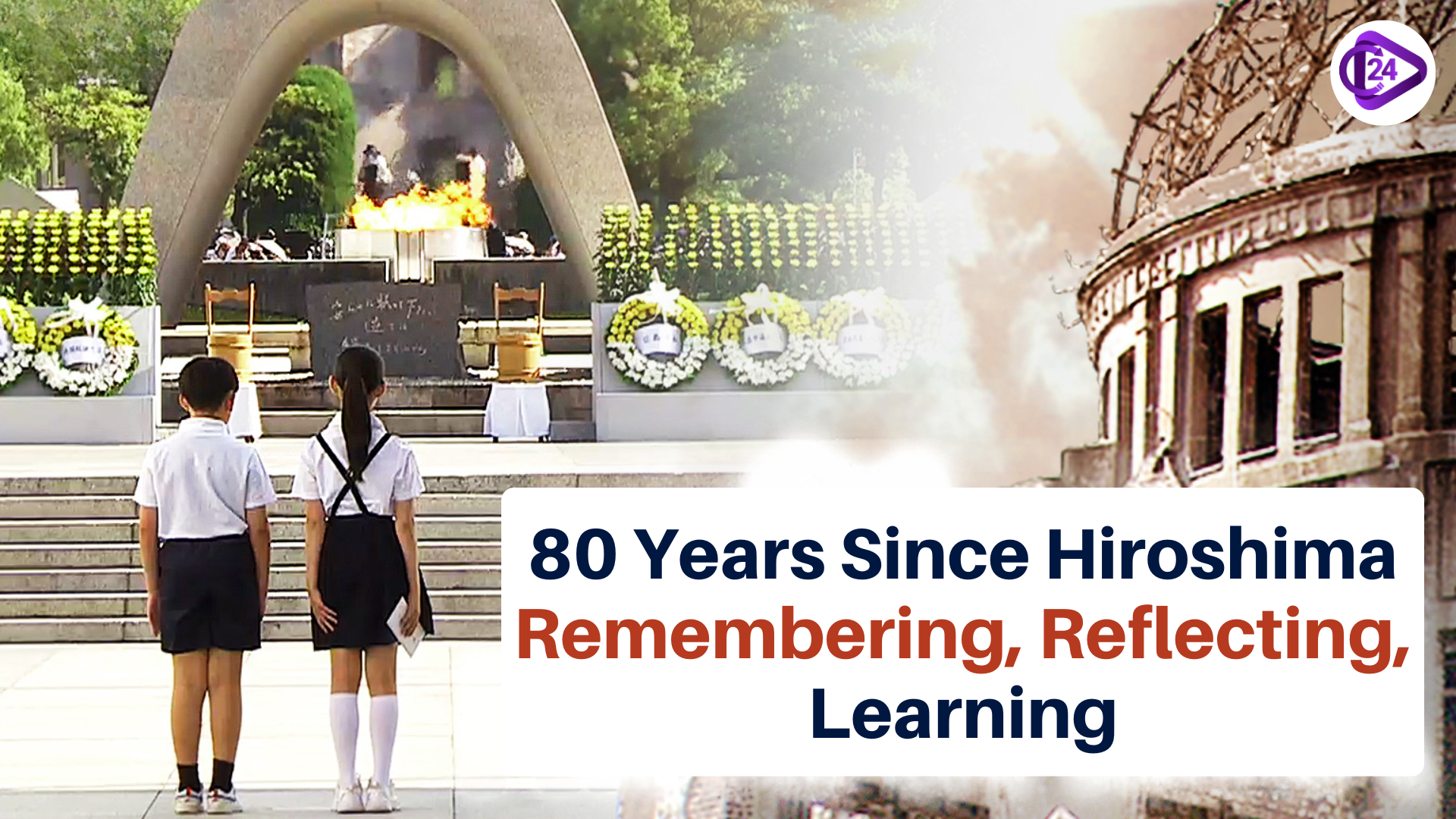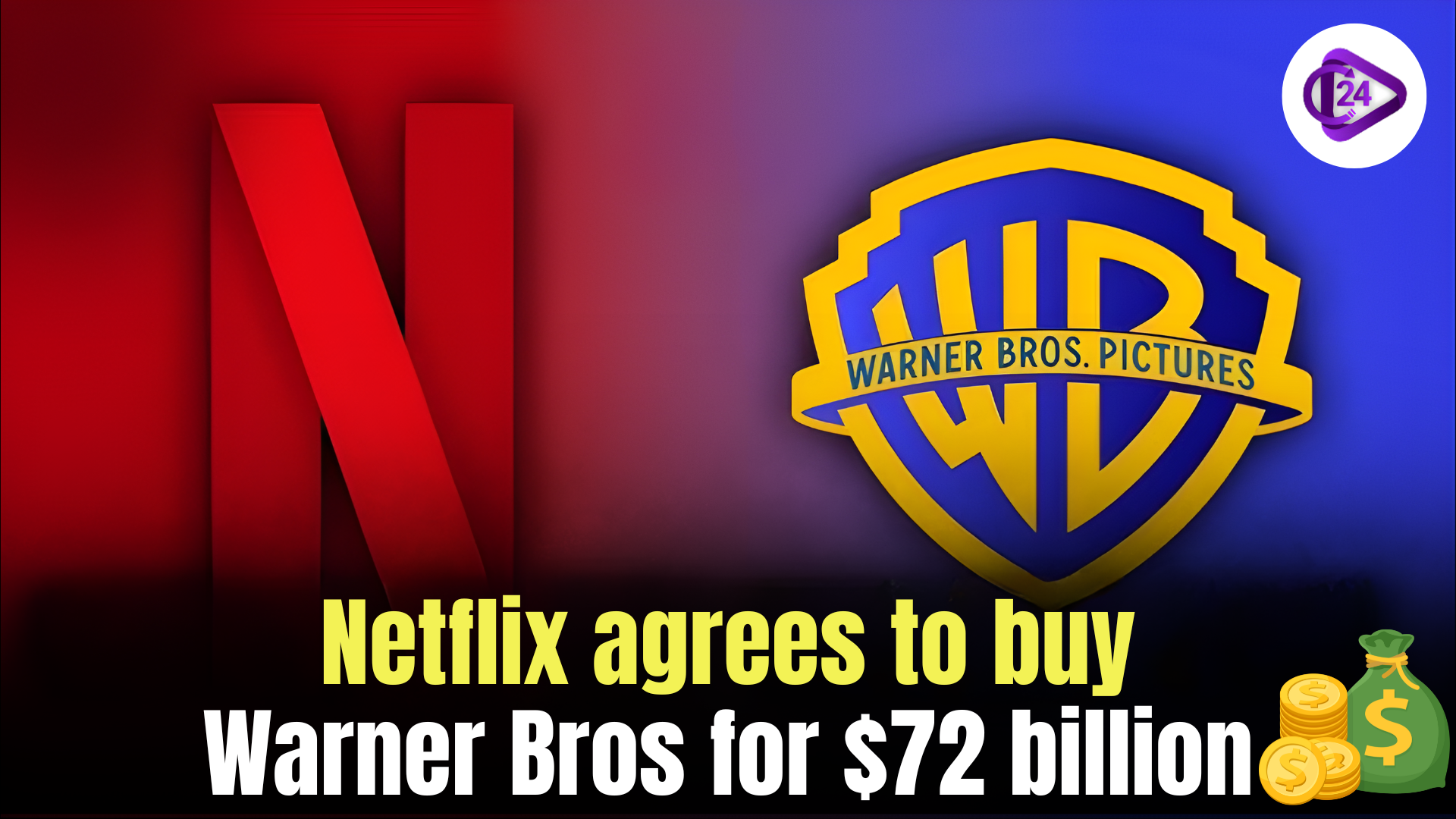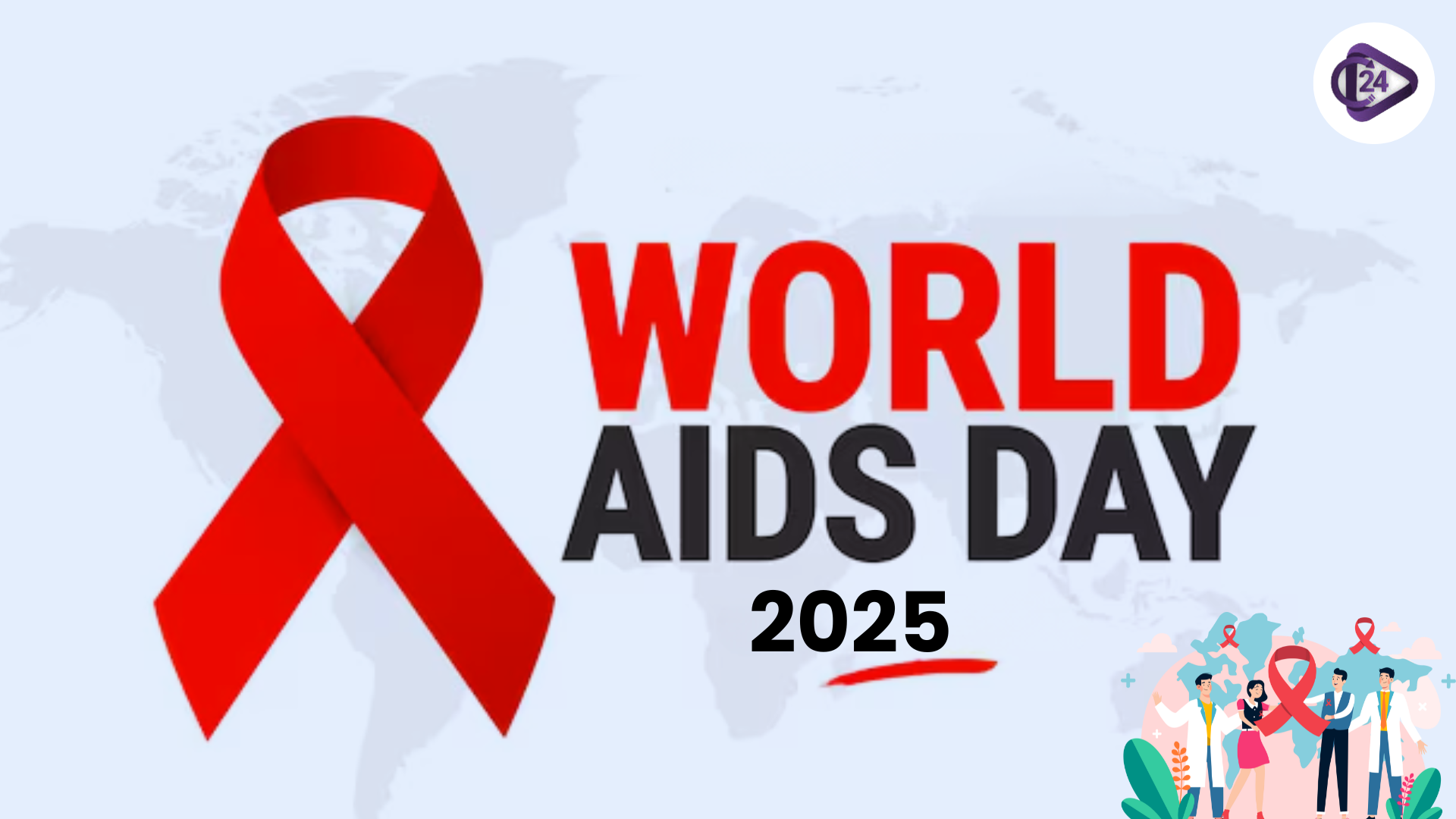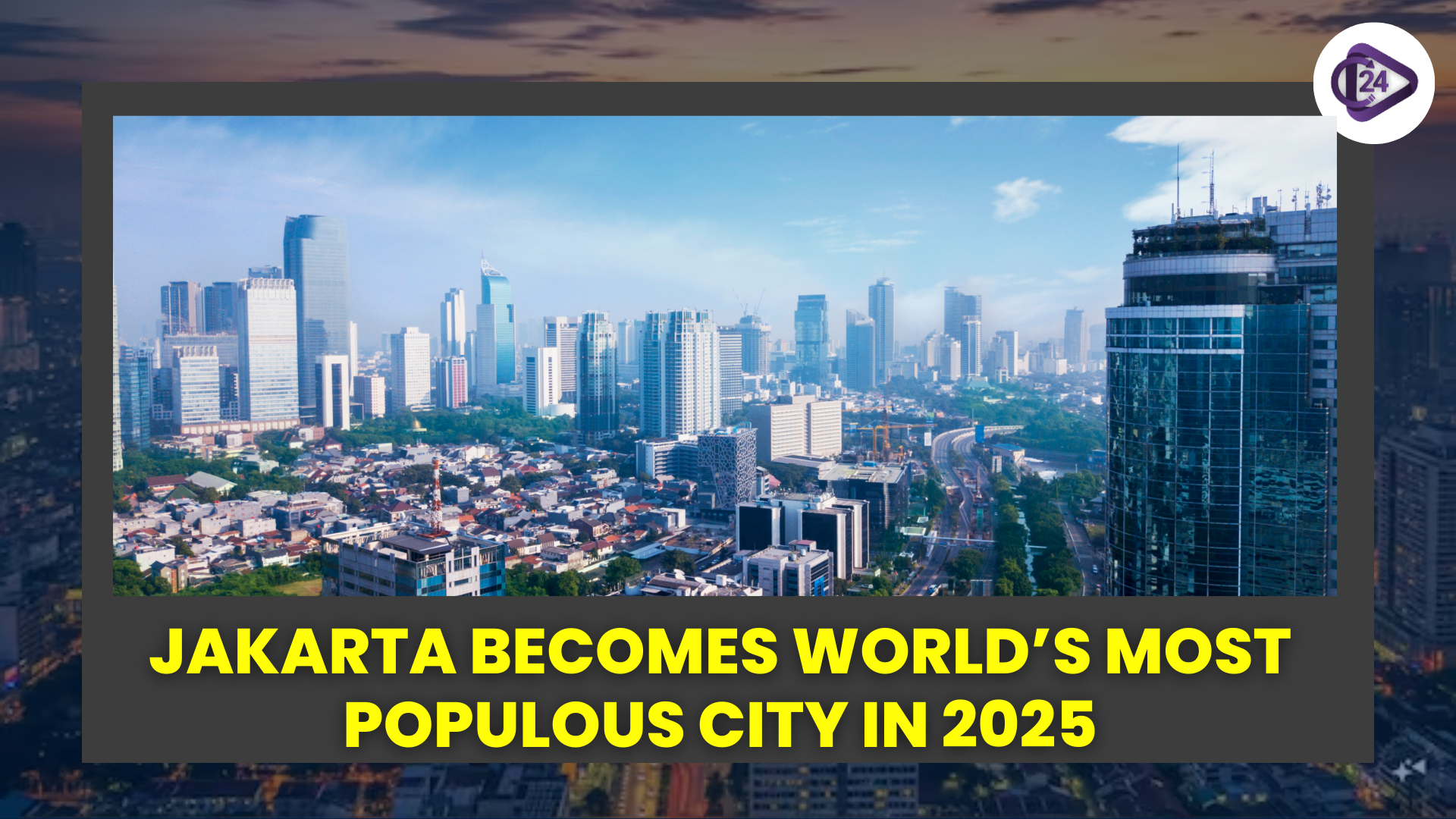
On the 6 th of August, 1945 a Japanese city known as Hiroshima was the first victim of a nuclear weapon utilized in war activities. Even today when the world compl pertains the 80th anniversary in 2025, Hiroshima remains an icon of peace, devastation and ethical accountability. The paper recontextualizes the incidence, justification, consequences and aftermath of the Hiroshima and Nagasaki bombing.
Events of 6 August and 9 August, 1945
-
Hiroshima (Aug 6, 1945):
-
Enola Gay was a U.S. B-29 bomber that at 8:15 a.m., released the bomb named “Little Boy”, a Uranium-based bomb, developed 15 kilotons of TNT.
-
Short term effect: 70,000 people dead; thousands of others vaporized or gravely wounded.
-
Effects: Fireball that is 7,000°C, shockwaves, radiation, black rain.
-
-
Nagasaki (Aug 9, 1945):
-
The target was changed to Nagasaki because of cloud cover and Kokura was intended.
-
A plutonium bomb (22 kilotons TNT) was dropped under the name of “Fat Man”.
-
More than 35,000 were killed on the spot; more than 166,000 war casualties were recorded between the two cities
-
Key Technical Details
|
Bomb |
Material |
TNT Equivalent |
Casualties (Est.) |
|
Little Boy |
Uranium-235 |
15 kilotons |
70,000+ |
|
Fat Man |
Plutonium-239 |
22 kilotons |
35,000+ |
Reasons Behind the Bombings
-
Pearl Harbour Attack (1941): The surprise attack at Pearl harbour pulled the U.S into World War II.
-
Manhattan Project: Construction of the Atomic weapons under J. Robert Oppenheimer.
-
Potsdam Declaration: Japanese resistance: It demanded that the Japanese surrender unconditionally; Japan said no.
-
US Rationale:
-
Prevent invasions of Japan which are expensive.
-
Psychological influence upon Japanese leadership.
-
Pressure of home following years of war and Pearl Harbour.
-
-
Criticism:
-
Japan could have partly negotiated.
-
Such people as President Eisenhower criticized the bombings as uncalled for.
-
Japan-Reaction and Surrender
-
Original nonbelief at atomic potential.
-
The surrender was advocated by Foreign Minister Togo after Nagasaki.
-
The emperor Hirohito interceded and on 14 August the Potsdam Declaration was accepted.
-
On August 15, 1945, Japan surrendered which formally ended World War II.
Post- Bombings
-
Immediate Effects:
-
Three-quarters of Hiroshima buildings were ruined.
-
Survivors at the 3,000 ft level at 95% were suffering radiation sickness.
-
Most perished because:
-
Burns (60%) Flash burns
-
Failing buildings (30%)
-
Radiation and starvation and other injuries (10%)
-
-
-
Long-term Impact:
-
A rise of leukemia, birth defects, and cancers.
-
Mental shocks of the survivors (Hibakusha).
-
Marginalisation and social stigma towards survivors.
-
Present Day Hiroshima and Nagasaki
-
Restored as contemporary cities; Hiroshima population: 1.19 million (2025).
-
Memorials:
-
Peace Memorial Park
-
A-Bomb Dome (UNESCO site)
-
Hiroshima Peace Memorial Museum
-
-
Initiatives:
-
Hiroshima 2045: Peace City of Creativity
-
Worldwide leadership in the cause of nuclear disarmament
-
World and Diplomatic Heritage
-
The Relations between the US and Japan today:
-
Shockingly friendly in spite of historical trauma.
-
-
Section 9 of Japanese Constitution (1947):
-
Declares war a vestige of sovereignty.
-
Military alliance in the present-day towards the induction of increasing regional powers such as China.
-
common grounds in Indo-Pacific stability, trade, and security.
-
Hibakusha Legacy:
-
The survivors keep speaking out regarding peace and the dangers of nuclear weapons.
-
Hiroshima Day is observed annually (Aug 6) through prayers, lanterns, silence, and around the world remembrance.
Conclusion
Hiroshima is no city, it is the global conscience - the reminder of the power that should not be dared, and weapons that allow scientific development at the service of killing. With the world on the brink of new threats of nuclear attacks and the political instabilities, Hiroshima is calling on countries to turn to peace instead of power, disarmament instead of deterrence and remembrance instead of amnesia



 Donald Trump Receives First FIFA Peace Prize
Donald Trump Receives First FIFA Peace Prize International Civil Aviation Day 2025 – Everything About the History, Theme and Its Importance
International Civil Aviation Day 2025 – Everything About the History, Theme and Its Importance Netflix to buy Warner Bros Discovery's Studios, Streaming Unit for $72 Billion
Netflix to buy Warner Bros Discovery's Studios, Streaming Unit for $72 Billion Russia to Join India-led International Big Cat Alliance
Russia to Join India-led International Big Cat Alliance India, Maldives Begin 14th Edition of Exercise Ekuverin 2025
India, Maldives Begin 14th Edition of Exercise Ekuverin 2025 World AIDS Day 2025
World AIDS Day 2025 Riyadh Metro Breaks Guinness World Record as Longest Driverless Metro Network
Riyadh Metro Breaks Guinness World Record as Longest Driverless Metro Network Vietnamese Film ‘Skin of Youth’ Bags Golden Peacock Award
Vietnamese Film ‘Skin of Youth’ Bags Golden Peacock Award India Launches Operation Sagar Bandhu to Support Sri Lanka After Cyclone Ditwah
India Launches Operation Sagar Bandhu to Support Sri Lanka After Cyclone Ditwah Jakarta Becomes World’s Most Populous City In 2025
Jakarta Becomes World’s Most Populous City In 2025






